The market for domestic lifts in the UK has experienced significant growth in recent years. As more homeowners seek to improve accessibility within their homes or add a touch of luxury, the demand for residential lifts has risen sharply. These lifts, designed specifically for use in private homes, provide a convenient and practical solution for individuals with mobility challenges, as well as those looking to future-proof their homes for aging in place. This article delves into the current market landscape for domestic lifts in the UK, explores key specifications, and provides an overview of the associated costs.
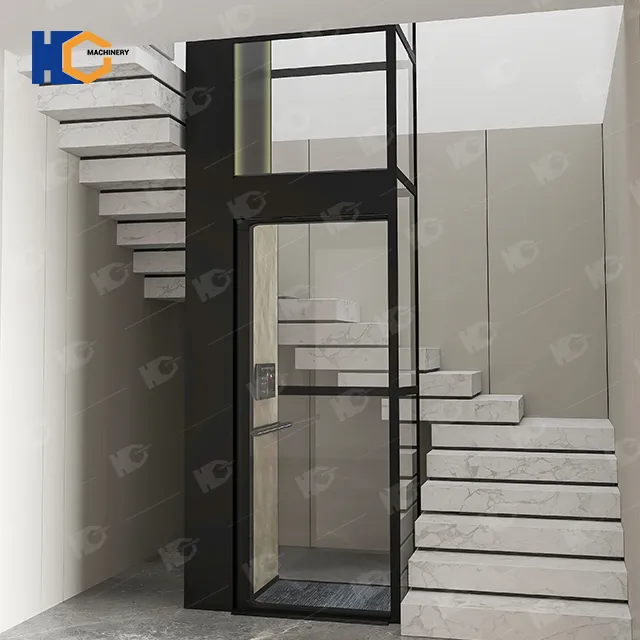
Market Analysis
Growing Demand and Market Drivers
The demand for domestic lifts in the UK is primarily driven by an aging population and the increasing desire for accessible home environments. According to the Office for National Statistics (ONS), the UK has a growing proportion of elderly individuals, with over 12 million people aged 65 and older as of 2022. As this demographic seeks to maintain independence and stay in their homes longer, the need for home modifications, including the installation of domestic lifts, has grown substantially.
In addition to accessibility needs, there is a trend towards luxury home improvements. Homeowners are increasingly viewing lifts as a desirable feature that adds value to their properties. This is particularly evident in high-end residential properties where lifts are installed not just for practical reasons, but also as a statement of modern convenience and sophistication.
The COVID-19 pandemic has also played a role in shaping the market. With more people spending time at home, there has been a surge in home improvement projects, including the installation of domestic lifts. This trend is expected to continue as homeowners prioritize comfort and accessibility.
Market Segmentation
The UK domestic lift market can be broadly segmented into two categories: retrofit lifts and new-build lifts.
Retrofit Lifts: These are designed to be installed in existing homes without requiring major structural changes. They are typically smaller and can be more easily integrated into the current layout of a home. The demand for retrofit lifts is particularly high among older homeowners looking to improve accessibility.
New-Build Lifts: These lifts are designed for installation in newly constructed homes. They tend to be larger and more customizable, allowing for greater flexibility in terms of design and functionality. New-build lifts are popular in luxury housing developments where the inclusion of a lift can significantly enhance the property’s appeal.
Specifications of Domestic Lifts
Domestic lifts come in a variety of designs, each with its own set of specifications tailored to different needs and preferences. The following are some key specifications to consider when selecting a domestic lift:
1. Load Capacity
Load capacity is one of the most important specifications to consider. Domestic lifts typically have a load capacity ranging from 250 kg to 400 kg, which is sufficient to carry 2-5 people or a wheelchair user and a carer. The capacity chosen will depend on the intended use and the number of users in the household.
2. Size and Footprint
The size and footprint of the lift are crucial, especially in retrofit installations where space may be limited. Domestic lifts are available in a range of sizes, with some models designed to fit into compact spaces, such as a corner of a room or a stairwell. Common cabin dimensions might range from 0.8m x 0.8m to 1.2m x 1.5m, depending on the available space and specific needs.
3. Drive System
Domestic lifts in the UK typically use one of three drive systems: hydraulic, electric screw drive, or traction drive.
Hydraulic Lifts: These use a hydraulic piston to raise and lower the lift. They are smooth and quiet but require a machine room for the hydraulic pump.
Electric Screw Drive Lifts: These lifts are compact and do not require a machine room, making them ideal for retrofits. They use a screw and nut system to move the cabin.
Traction Drive Lifts: These lifts use a counterweight and pulley system, similar to those in commercial lifts. They are efficient and offer a smooth ride but may require more space for the counterweight system.
4. Safety Features
Safety is paramount in domestic lifts. Key safety features include emergency stop buttons, battery backup in case of power failure, safety sensors to prevent the door from closing on an obstruction, and interlocking doors to ensure the lift does not move unless the doors are properly closed. Compliance with CE marking, ISO, and ASME A17.1 standards is essential to ensure the lift meets all necessary safety regulations.
Here’s a table summarizing the key specifications for domestic lifts in the UK:
| Specification | Details |
|---|---|
| Load Capacity | 250 kg - 400 kg (suitable for 2-5 people or wheelchair with carer) |
| Cabin Dimensions | Common sizes: 0.8m x 0.8m to 1.2m x 1.5m |
| Footprint | Varies based on model; compact models available for tight spaces |
| Drive System | Hydraulic, Electric Screw Drive, Traction Drive |
| Hydraulic Lifts | Requires machine room, smooth and quiet operation |
| Electric Screw Drive | No machine room required, compact, ideal for retrofits |
| Traction Drive | Uses counterweight system, efficient, smooth ride, may require more space |
| Safety Features | Emergency stop, battery backup, safety sensors, interlocking doors |
| Compliance | CE marking, ISO, ASME A17.1 standards |
| Customization Options | Cabin finishes, lighting, control panels, door styles |
| Installation Type | Retrofit and new-build options available |
| Power Requirements | Typically 220-240V single phase, energy-efficient models available |
| Noise Level | Varies by model, typically low (<60 dB) |
This table provides a concise overview of the key specifications to consider when evaluating domestic lifts in the UK.
5. Customization Options
Modern domestic lifts offer a range of customization options to match the décor of the home. These include choices in cabin finishes, lighting, control panels, and door styles. Customization allows homeowners to integrate the lift seamlessly into their home’s aesthetic, making it a functional yet stylish feature.
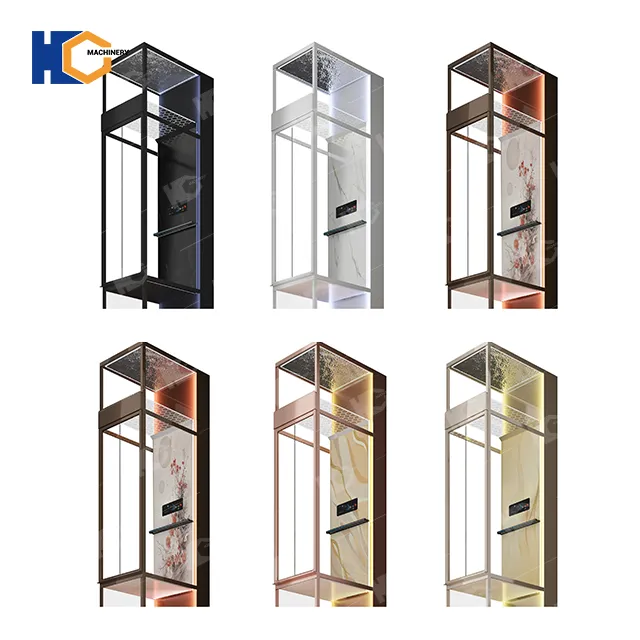
Costs of Domestic Lifts
The cost of installing a domestic lift in the UK can vary significantly depending on several factors, including the type of lift, the complexity of the installation, and the level of customization. Here’s an overview of the cost considerations:
1. Base Price
The base price for a domestic lift can range from £10,000 to £25,000. This cost covers the lift itself, basic installation, and standard features. Hydraulic lifts tend to be on the higher end of the price range, while screw drive lifts are generally more affordable.
2. Installation Costs
Installation costs can vary depending on the complexity of the project. For example, installing a lift in a new build is often simpler and less costly than retrofitting one into an existing home. Installation costs can range from £2,000 to £10,000, depending on the scope of the work required, such as structural modifications, electrical work, and integration with the home’s existing systems.
3. Customization and Upgrades
Customization options, such as premium finishes, advanced control systems, or additional safety features, can add to the overall cost. Homeowners might expect to pay an additional £2,000 to £5,000 for these enhancements, depending on their choices.
4. Maintenance and Running Costs
Ongoing maintenance is essential to ensure the safe and efficient operation of a domestic lift. Annual maintenance contracts typically cost between £300 and £600, depending on the type of lift and the level of service required. Running costs, including electricity, are generally low, with most lifts being energy-efficient and costing only a few pounds per month to operate.
What is CE Certification?
The CE marking is a certification mark that indicates conformity with health, safety, and environmental protection standards for products sold within the European Economic Area (EEA). The letters "CE" stand for "Conformité Européenne," which means "European Conformity" in French. For domestic lifts, CE certification signifies that the lift meets the necessary European Union (EU) directives related to safety and performance, particularly the Machinery Directive (2006/42/EC) and the Lifts Directive (2014/33/EU).
Why is CE Certification Important for Domestic Lifts?
1. Safety Assurance
Safety is the foremost concern when it comes to domestic lifts. A lift that is not properly manufactured or installed can pose significant risks, including mechanical failures, electrical hazards, and the possibility of injury to users. CE certification ensures that the lift has undergone rigorous testing and meets the stringent safety standards set by the EU. This includes checks on the design, construction, and electrical components of the lift, ensuring that it operates safely under all conditions.
2. Compliance with Legal Requirements
In the UK, it is a legal requirement that domestic lifts comply with CE certification if they are to be installed and used. This compliance is not just about adhering to EU directives but also aligns with UK regulations, especially post-Brexit where the UK continues to recognize CE marking during a transition period. Failure to comply can result in legal repercussions, including fines and the requirement to remove or replace non-compliant lifts. Therefore, ensuring that a domestic lift carries the CE mark is crucial for legal conformity.
3. Quality Assurance
CE certification is not only about safety but also about the quality of the product. The rigorous testing involved in the certification process ensures that the lift is built to high standards, using durable materials and reliable technology. This quality assurance translates to better performance, reduced maintenance costs, and a longer lifespan for the lift. For homeowners, this means peace of mind knowing that their investment is in a product that will function efficiently and reliably for years to come.
4. Marketability and Resale Value
For those considering selling their home in the future, having a CE-certified domestic lift can enhance the property’s marketability. Potential buyers are likely to be more interested in a home that is equipped with a lift that meets recognized safety and quality standards. In contrast, a lift that lacks CE certification could be a red flag, potentially reducing the property's value or deterring buyers altogether.
The CE Certification Process for Domestic Lifts
The process of obtaining CE certification for domestic lifts is comprehensive and involves several steps:
1. Design and Risk Assessment
The first step in the certification process is the design and risk assessment of the lift. Manufacturers must identify potential hazards and implement design features that mitigate these risks. This could involve the incorporation of safety mechanisms such as emergency stop buttons, overload sensors, and secure door locks.
2. Testing and Evaluation
Once the design phase is complete, the lift undergoes rigorous testing to ensure it meets the required standards. This testing covers various aspects, including mechanical strength, electrical safety, and fire resistance. The lift is also evaluated for its performance under different load conditions and usage scenarios.
3. Documentation and Declaration of Conformity
After successful testing, the manufacturer must compile comprehensive documentation that details the design, testing, and evaluation process. This documentation is crucial as it provides evidence that the lift meets the necessary standards. The manufacturer then issues a Declaration of Conformity, affirming that the lift complies with all relevant EU directives.
4. Affixing the CE Mark
The final step is the affixing of the CE mark to the lift. This mark must be visible and legible, typically found on the lift’s control panel or inside the cabin. The CE mark is a visible declaration that the lift meets all the required standards and is safe for use.
Choosing a CE-Certified Domestic Lift in the UK
For homeowners in the UK, choosing a domestic lift that carries the CE mark is essential. Here are some key considerations when selecting a CE-certified lift:
1. Manufacturer Reputation
Choose a lift from a reputable manufacturer who has a proven track record of producing high-quality, CE-certified lifts. Research the manufacturer’s history, customer reviews, and any industry awards or recognitions they may have received.
2. Installer Certification
Ensure that the lift installer is certified and experienced in installing CE-certified domestic lifts. A certified installer will be knowledgeable about the requirements and standards that need to be met during installation, ensuring that the lift is not only safe but also legally compliant.
3. Customization and Compatibility
Consider your specific needs and the layout of your home when selecting a lift. CE-certified lifts come in various designs and configurations, so choose one that best fits your space and aesthetic preferences. Ensure that the lift can be customized to your requirements while still maintaining its CE certification.
4. After-Sales Support and Maintenance
A CE-certified lift is an investment, and like any investment, it requires proper care and maintenance. Choose a manufacturer or supplier that offers robust after-sales support, including regular maintenance services, availability of spare parts, and a clear warranty policy. Regular maintenance by certified professionals will help keep the lift in optimal condition, ensuring long-term safety and performance.
The Future of Domestic Lifts and CE Certification in the UK
As technology continues to evolve, the future of domestic lifts in the UK looks promising. Smart technology is increasingly being integrated into lift systems, offering enhanced convenience and safety features. However, with these advancements comes the need for even more stringent safety standards and testing protocols.
CE certification will continue to play a critical role in this landscape, ensuring that as lifts become more sophisticated, they also remain safe and reliable. Manufacturers will need to stay ahead of the curve, continuously innovating while adhering to the rigorous standards that CE certification demands.
Moreover, with the ongoing discussions around post-Brexit regulations, it will be important for the UK to maintain or even enhance these safety standards. While the UK may eventually introduce its own certification mark, the principles of safety, quality, and reliability that underpin CE certification are likely to remain central to any future regulatory framework.
Conclusion
The market for domestic lifts in the UK is expanding, driven by an aging population, a growing focus on home accessibility, and the appeal of luxury home features. When considering a domestic lift, it’s important to evaluate the specifications that best meet your needs, understand the cost implications, and ensure compliance with safety standards. With careful planning and consideration, a domestic lift can be a valuable addition to any home, enhancing both its functionality and its market value.
Domestic lifts are an invaluable addition to homes in the UK, providing enhanced accessibility, convenience, and adding value to properties. However, with these benefits comes the responsibility to ensure that the lifts are safe and reliable. CE certification is a crucial aspect of this responsibility, offering assurance that the lift meets the highest safety and quality standards.
For homeowners, choosing a CE-certified lift is not just about compliance; it’s about making an informed decision that prioritizes safety, quality, and long-term value. As the market for domestic lifts continues to grow, the importance of CE certification will only become more pronounced, guiding both manufacturers and consumers towards products that meet the highest standards of excellence.
JNHC LIFT proudly offers CE-certified domestic lifts tailored for UK customers, ensuring safety, quality, and compliance with European standards. Our lifts blend seamlessly into any residential space, enhancing accessibility and comfort. For a hassle-free consultation or to place an order, please reach out to us today. We're here to elevate your living experience.
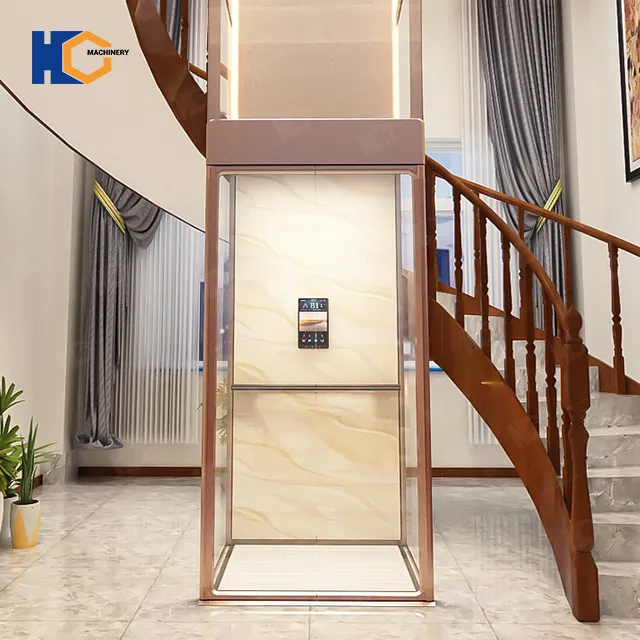
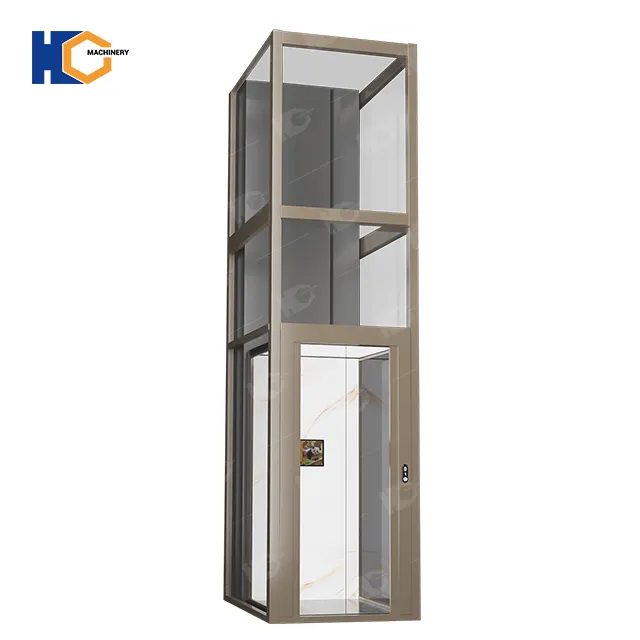
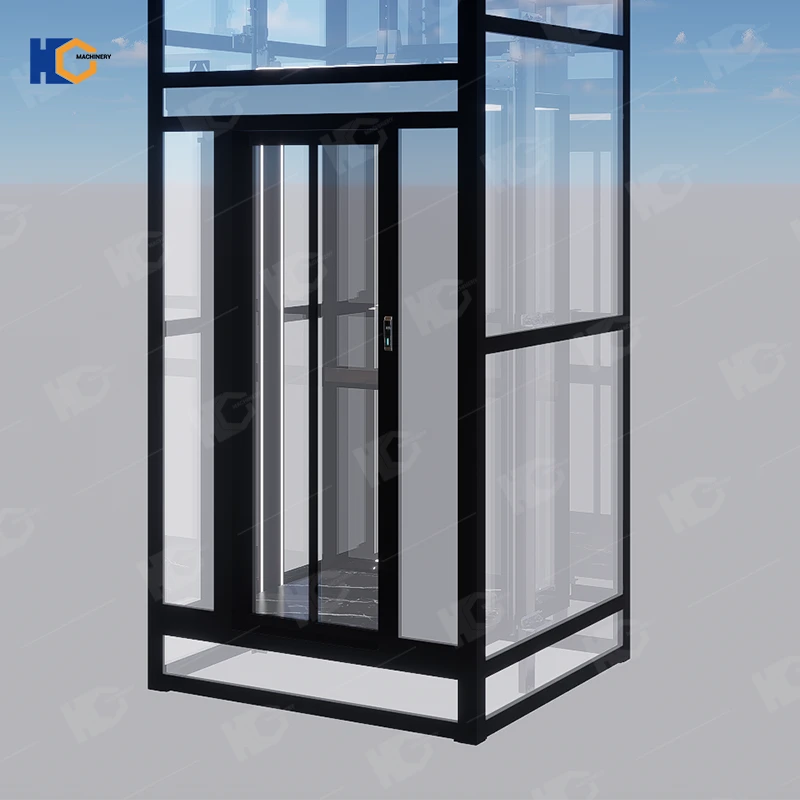
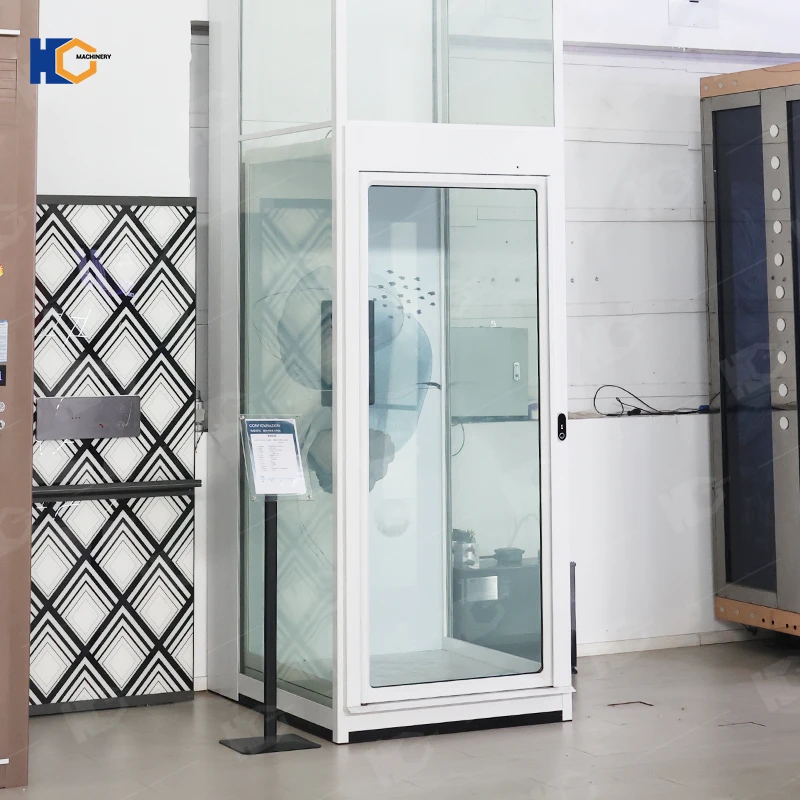
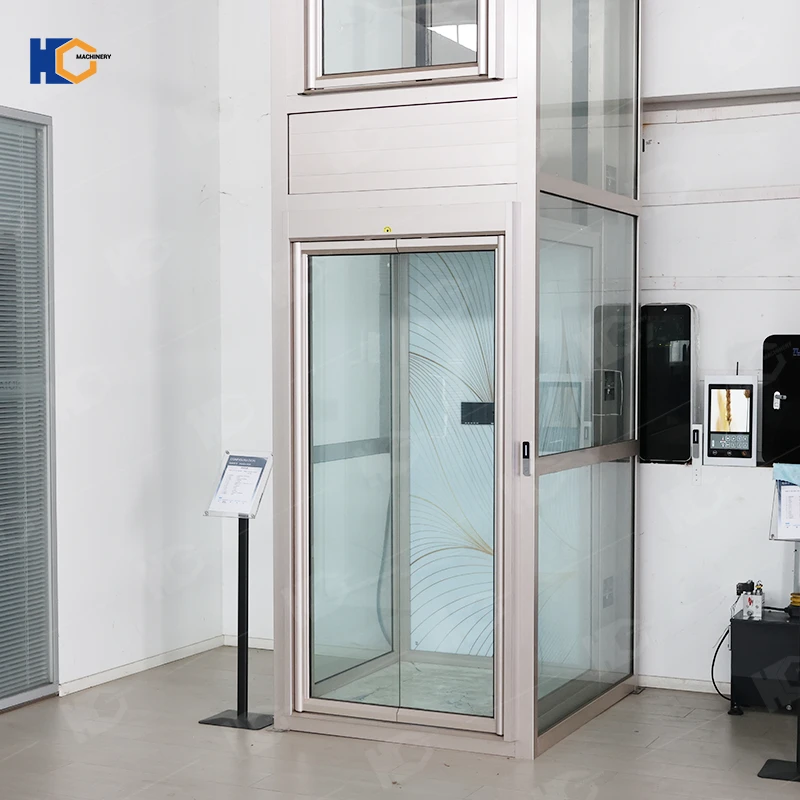
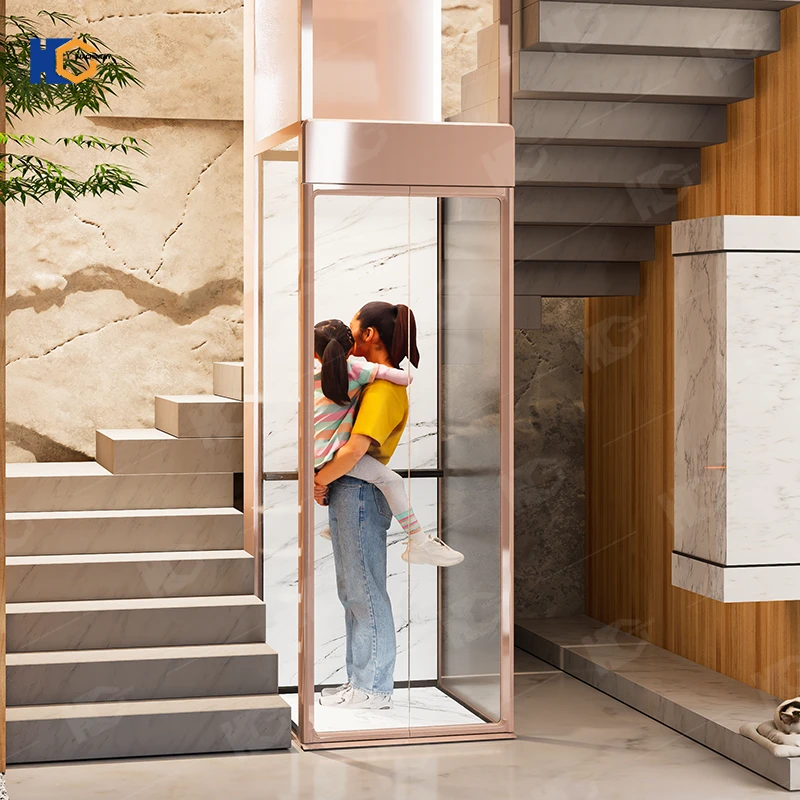

849.webp)